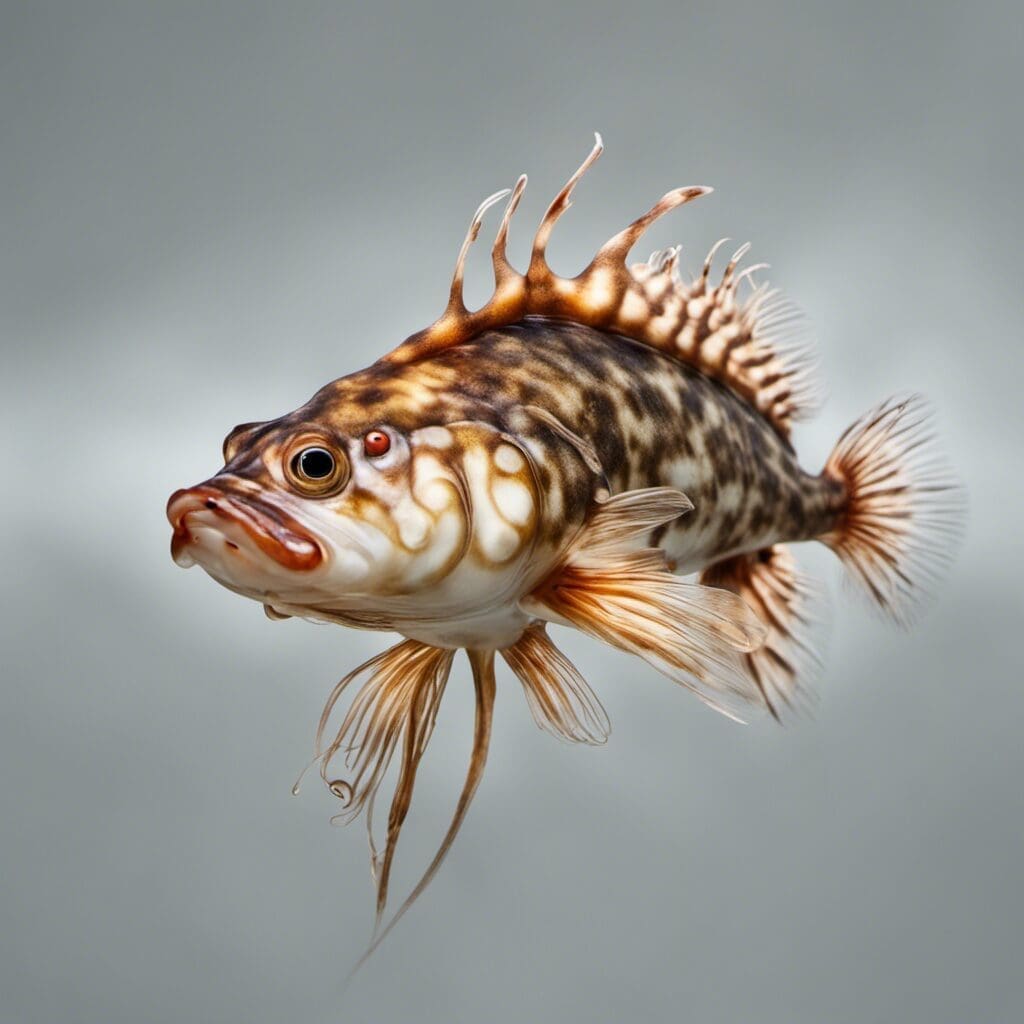Introduction
The Blob Sculpin, scientifically known as the Psychrolutes phrictus, is a unique species belonging to the family Psychrolutidae.
Conservation Status
As per the International Union for Conservation of Nature (IUCN), the Blob Sculpin is not yet evaluated and holds an undefined conservation status.
Conservation Efforts
While official conservation efforts for the Blob Sculpin aren’t well-documented, the deep-sea dwelling nature of the species somewhat protects it from human-induced threats. However, inadvertent harm via deep-sea trawling and marine pollution is a concern.
Statistics
| Statistic | Average | Range |
|---|---|---|
| Length | 71 cm | 60-85 cm |
| Weight | 9 kg | 7-11 kg |
| Average Lifespan | Up to 30 years | N/A |
Distribution
The Blob Sculpin is found prevalently in the North Pacific, specifically in the Bering Sea and near the Aleutian Islands, as far the Sea of Japan. As a deep-sea species, it stays relatively stationary, with no known migration patterns.
Habitats
- Water type: Saline (Marine)
- Depth range: 280 – 2885 m
- Temperature range: 2 – 4 °C
When and Where to see
Given the species’ deep-sea habitat, Blob Sculpins are not typically encountered by humans. However, they are mostly observed by deep-sea submersibles that have the ability to reach their habitat depth.
Identification Guide
Its name befits the Blob Sculpin’s physical appearance with a large, gelatinous blob-like shape. They have large, wing-like pectoral fins, as well as a small tail fin. The fish’s color is variable, generally ranging from gray to brown.
Additional Information
- Behaviour: Blob sculpins live amongst rocky seafloor habitats. They primarily feed on crustaceans and cephalopods.
- Predators and Threats: Their main predators are larger deep-sea dwelling fish. However, human-induced threats such as deep-sea trawling and pollution are of greater concern.

